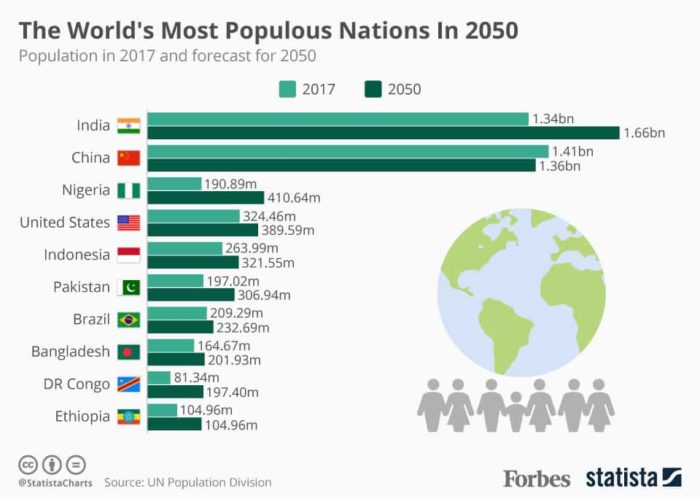
It is the current boundary of Western Australia, comprising the modern state, Queensland, Victoria, Tasmania, South Australia, and the Northern Territory. The western boundary of the original New South Wales was extended to longitude 129° East in 1825. It is one of the most world's most multicultural countries, and home to the longest continuous culture. Australia gained independence from Britain in 1901. The colonized country developed hundreds of distinct languages before seeing first European settlers in the early 17th century. Australia boasts deep history with first inhabitants dating back to 65,000 years ago when they migrated from Southeast Asia. It is the only "coterminous" country in the world, with no distinction where continent ends and country begins. Oceania's largest country sits entirely within Southern Hemisphere. The last state of the contiguous United States was admitted in 1912, and the fiftieth (Hawaii) in 1959. The country also owned the Panama Canal Zone between 19. Alaska was purchased from Russia in 1867. Manifest destiny in the 19th century propelled the westward expansion, while the Guano Islands Act helped the country expand beyond North America in 1856, culminating in annexation of Hawaii in 1898. Annexation of the Republic of Texas in 1845 eventually led directly to obtaining land that is now the state of California. The greatest expansion doubling the country's territory occurred in 1803 with the Louisiana Purchase.


It was recognized by Great Britain in the Treaty of Paris in 1783, which concluded the American Revolutionary War, and doubled the colonies in size with extension past the Proclamation Line to the Mississippi. The territory comprises 48 contiguous states, the largest Alaska, off-the north westernmost corner of North America, and the state-island of Hawaii in the Pacific. North America was inhabited for around 12,000 years, discovered at the end of the 15th century, and gained independence from Britain in 1776. This region features vast grasslands, plains and lowlands, which are mainly located in the southern parts of these provinces.Ĭontinental United States covers the area of 9.6-some million square kilometers. The Canadian Prairies is a region in Western Canada that is comprised of Alberta, Saskatchewan and Manitoba. The Canadian segment of the Rockies stretch over 1,200 km from the US borders of British Columbia and Alberta to the Liard River Basin. The Western half of Canada consists of the Rocky Mountains that straddle the border between the interior of BC and the grasslands and boreal forests of Alberta. Canada is made up of 10 provinces and 3 territories spread out among a variety of climates and geographical regions.

Its northern portion extends into the Arctic Circle and includes tundra, frozen lands and a variety of wildlife. The country spans five time zones, its longest border – 4,900 miles long –is with the United States to the south, and its 151019 mile (243042 km) coastline gives it more shoreline than any other nation. Canada - 9,984,670 km 2 (3,855,100 mi 2)Ĭanada is the world's second-largest country, sprawling over an area of 9.984 million square kilometers. Through these acquisitions, much of modern-day Siberia was claimed by Russia and is now considered a part of its massive land mass.
Most populous countries in the world series#
This acquisition was largely thanks to a series of treaties with China in which Russia swapped out its northern territories for Chinese territory in Siberia and Manchuria. Russia annexed Crimea in 1783 and created the Black Sea fleet. In the following centuries, Peter the Great would also expand Russia's borders westward into Europe, while Catherine II advanced Russia's southern boundary to the Black Sea. When all 10 of the world's largest countries are taken together, they total 49% of the earth's entire 149 million square kilometres of land. When 11.5 percent of all the land in the entire world is claimed by just one country, it’s not surprising to learn that the tenth largest country ( Algeria) could fit into the largest ( Russia) seven times over. In the next decades, who’s to say which countries will become the world’s largest? As this we explore the largest nations, we visit five different continents, some of the world’s most spectacular geography, and every type of climate imaginable.Įxcitingly, it’s always changing, too: history has taught that geopolitical boundaries shift dramatically as the centuries pass.


 0 kommentar(er)
0 kommentar(er)
